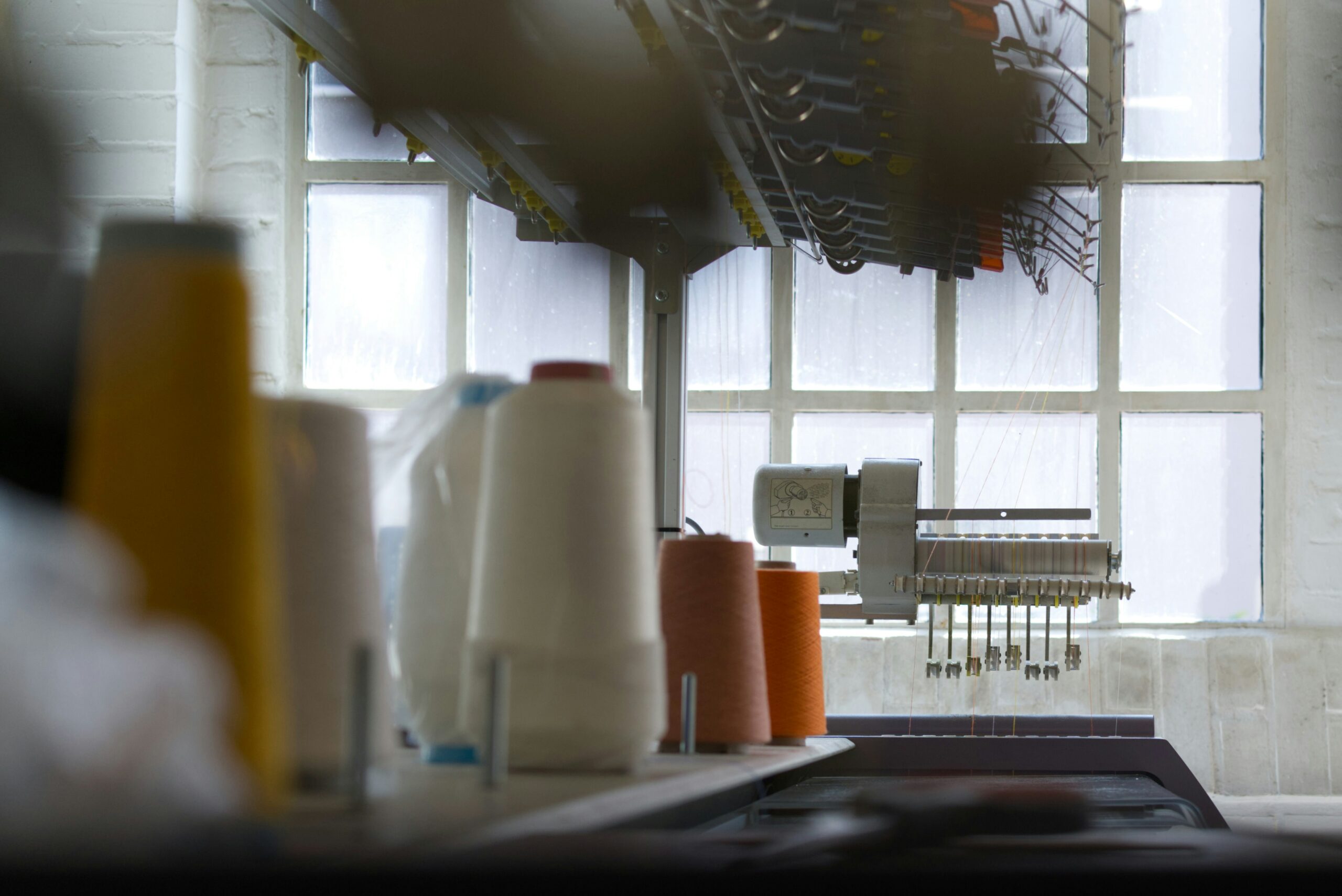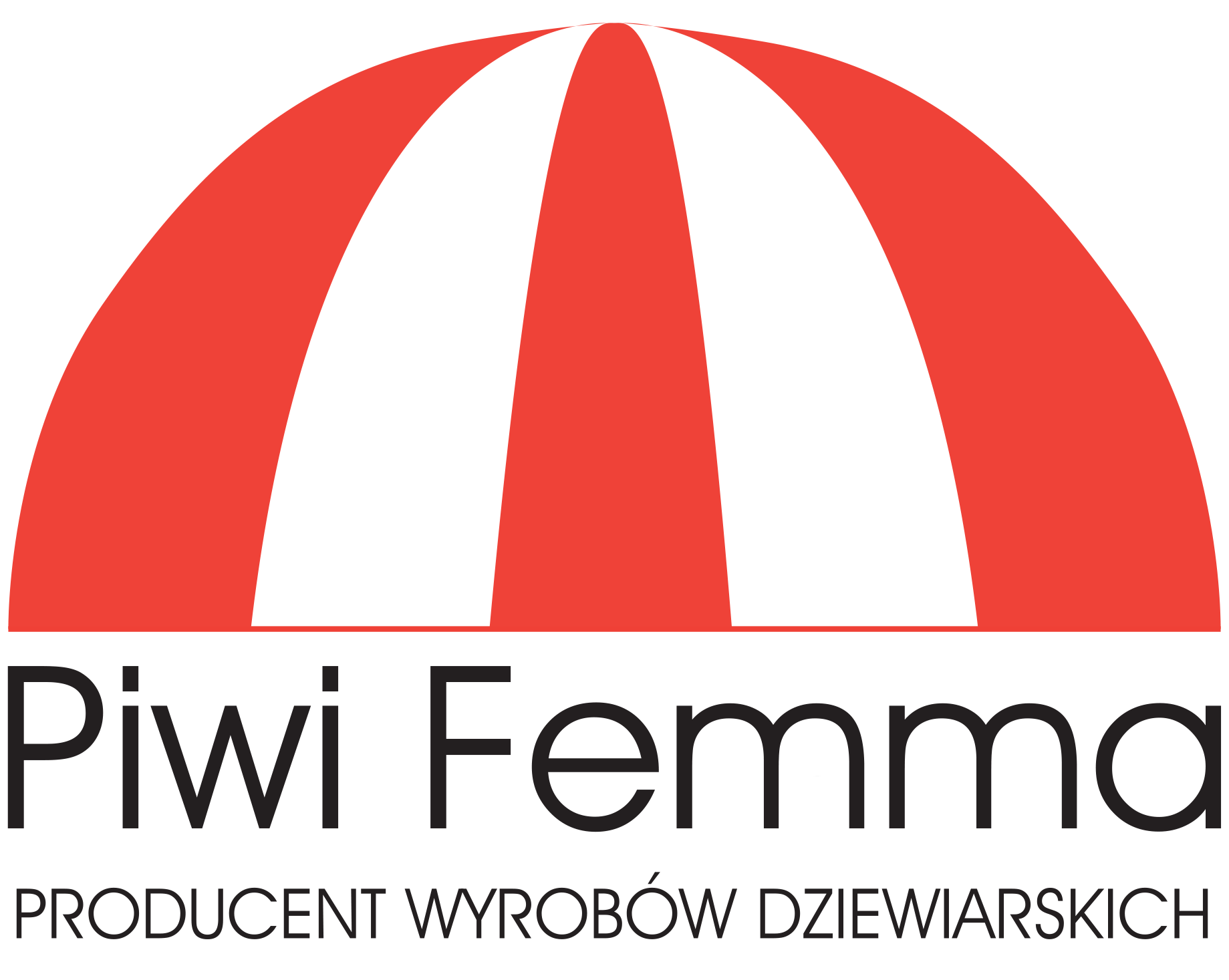Production scheduling is a crucial process for ensuring efficient resource utilization, timely order fulfillment, and maintaining product quality. The synergy of this process is important from both the sweater producer’s and the recipient’s perspectives. To properly schedule production, several stages and principles should be considered to optimize the production process.
Demand Analysis and Production Capacity
Understanding Your Demand
Analyze demand forecasts, customer orders, and market trends to predict the amount of knitwear you need to produce, broken down by months/quarters.
Production Capacity
Discuss your sweater producer’s capabilities. Most manufacturers have seasonal peaks and months with lower workloads. It is crucial to align your potential needs with production capabilities during specific periods and plan the work to be executed efficiently.

Assortment Planning
After preliminary arrangements, dive deeper to estimate the type of assortment needed during different periods. Consider:
- Design
- Thickness/texture
- Yarn composition
- Type of assortment
Present such a plan to your knitting factory. Plan backwards from the deadline by determining:
- Expected delivery date
- Final order placement date
- Prototype acceptance deadline
- Prototype receipt deadline
- Technical file (design) submission and prototype order date
This way, you can calculate when to start working on a seasonal “entry.” It is recommended to add a one-month buffer to ensure a stress-free and comfortable workflow.
Raw Material Inventory Planning
Ordering Raw Materials
Due to the wide variety of yarns, they are often ordered to individual specifications. The schedule should also include time for yarn delivery to the knitting factory. However, if you use a limited range of basic colors, you might arrange with the producer to keep a certain amount of yarn in stock. This will certainly shorten production time.
Standard Schedule
At Piwi Femma, average lead times are as follows:
- Prototype creation time: 4 weeks
- Prototype review with the client: 1 week
- Formalities and order document preparation: 1 week
- Production time: 6 to 10 weeks
Total: 12-16 weeks from project inception to delivery of finished products to your warehouse.
For regular clients needing consistent monthly or quarterly production, we prepare individual, customized schedules. We can adjust part of our production to meet your demand, potentially shortening the time between order and delivery to around 3 weeks.
What is needed to significantly shorten lead times?
- A regular order for a specified quantity of products
- This ensures we secure the right amount of raw materials in our warehouse
- And prepare the appropriate production resources to fulfill each order as agreed

Monitoring Production Progress
Knitted production consists of several stages, such as:
- Ordering raw materials
- Monitoring raw material delivery time
- Initiating the order at the knitting mill
- Checking knitting efficiency
- Completing the knitting stage
- Assembling parts (sewing)
- Enhancing the knitwear through washing
- Labeling
- Quality control
- Packaging
Due to the complexity of the process, if one element fails or delays, the entire process is at risk. To minimize this risk, we monitor key stages of production. This allows us to inform clients well in advance if, for example, raw materials are not delivered on time. This way, our clients can react and prepare for the situation. Additionally, our clients receive updates on key stages of the order. Since each key stage has its own deadline on the order form, clients can easily assess whether the order is proceeding according to the planned schedule.
Summary
Proper planning of collections and scheduling cooperation to receive deliveries on time is a complex issue. A good understanding between the producer and the recipient and joint planning of activities are essential. Through such cooperation with a sweater producer, the recipient can expect timely delivery of all necessary supplies, impacting sales volume and final margin. Knowing the schedule of key production stages allows the recipient to monitor progress without too much personal involvement in the process.
Want to learn more about our cooperation?

